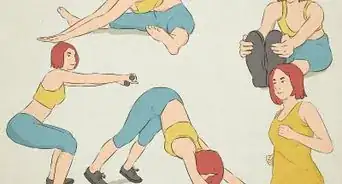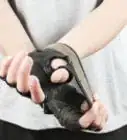This article was co-authored by Danny Gordon. Danny Gordon is an American College of Sports Medicine (ACSM) Certified Personal Trainer and Owner of The Body Studio for Fitness, a fitness studio based in the San Francisco Bay Area. With over 20 years of physical training and teaching experience, he has focused his studio on semi-private personal training. Danny received his Personal Trainer Certification from the California State University, East Bay and the American College of Sports Medicine (ACSM).
wikiHow marks an article as reader-approved once it receives enough positive feedback. In this case, 100% of readers who voted found the article helpful, earning it our reader-approved status.
This article has been viewed 173,303 times.
People all across the world try countless diets and workout plans, only to find that they never get the results they are looking for. Whether you want a sculpted body or bulging muscles, one thing is for sure: you want something that works. In this article you will find that burning fat and building muscle is possible, but in order for it to work you will need to push yourself to your maximum potential and be ready to make some changes. Are you ready?
Steps
Optimizing Your Diet
-
1Go high-protein. Yeah, you've heard this one before, and there's a reason for it. Protein is made up of amino acids, which are the building blocks of your muscles. Without it, your muscles will literally not develop. While you should never completely cut out anything from your diet, to force those fats and carbs to move over, it's protein packing time.
- 1-1.5g of protein per lb of body weight is recommended to facilitate muscle building. Good sources of the stuff are soy, legumes, beans, leafy vegetables, meat, eggs, and plant milks.[1] One of these should have a staple of every meal.
- Your body burns carbs, fats, and then protein, in that order. So when you eat that bowl of cereal prior to your workout, your body burns off the cereal. But when you have that egg for breakfast, your body has to go for your fat storage instead. This knowledge will make your workouts more effective.
-
2Cycle your carb intake. All this "no carb" mumbo jumbo is just that—mumbo jumbo. Yeah, carbs are what creates that extra weight around your midsection, but they do serve their purpose (at least the good ones). They are your body's primary source of energy. If you cut carbs out of your diet completely, your metabolism will drop (and if you're male, your testosterone levels will drop too).[2]
- To circumvent this problem, the simplest answer is to cycle your carb intake. This keeps your body guessing, your metabolism up, and for the majority of the time your body is concentrating on your fat storages. This can be done in two ways.[2]
- Go low-carb for a few days, then consume a moderate amount for a day or two, and then go high-carb to round out the week.
- Go low-carb for a few weeks, and then go high-carb for a solid week. This takes extra diligence!
- For the record, brown rice, wild rice, sweet potatoes, whole wheat bread, wheat pasta, vegetables, and some fruits are great sources of good carbs. Processed junk and pretty much anything white is not!
Advertisement - To circumvent this problem, the simplest answer is to cycle your carb intake. This keeps your body guessing, your metabolism up, and for the majority of the time your body is concentrating on your fat storages. This can be done in two ways.[2]
-
3Aim for the good fats. Yes, fats have their place, too. They can keep you feeling full, stabilize your insulin levels, and keep you energized. You don't want to drown in them, but you do want them to be a small part of your everyday diet.
- Avocados, walnuts, almonds, olive oil, natural peanut butter, some egg yolks, and sunflower seeds are the fats that you don't want to be cutting out of your diet. Just eat them in moderation!
-
4Time your meals. While what you eat won't affect how many calories you burn during your workout, it will affect what kind of calories your body burns. And we want to burn those fat calories, so here are your options:
- If you work out in the morning, work out prior to breakfast. Your body will go straight to the fat stores. However, a cup of plain coffee won't hurt (and we'll get to why next).[2]
- If you work out in the afternoon or evening, have your pre-workout meal 2-3 hours before your workout and have that meal be low in simple (bad) carbs. It's the same concept—you want your body entering "fasting" mode.[2]
- Always be careful when working out on an empty stomach. If you start to feel dizzy, stop.
-
5Consume caffeine prior to your workout. At last! An excuse to drink coffee and nibble on dark chocolate! Research has shown that those who ingest caffeine prior to a workout burn more fat calories.[3] You don't want to go overboard, but it's worth drinking a cup of coffee (as black as possible) or munching on an ounce of dark chocolate for!
- Looking for a reason why? There's two: first, coffee stimulates the nervous system, raises the metabolism, and tells your body to start breaking down its fat stores. Second, it increases levels of Epinephrine -- the source of that elusive adrenaline rush.
- Always be careful with this. It can make you dizzy or nauseated, especially if you drink only coffee prior to your workout.
-
6Drink water. This is just good advice for anyone. It clears your skin, helps your organs, keeps you energized, and can help you lose weight.[4] Your muscles need to stay hydrated to keep going. So drink up! When you wake, when you go to sleep, and with every snack and meal.
- Just keep a bottle with you. Drink from it absent-mindedly. You'll feel fuller, too, resulting in the pounds falling off without any real work on your part.
Optimizing Your Workout
-
1Time your workouts. You want to time your meals around your workouts and you want to time your workouts around your meals. What you should take from is that your body burns more fat calories on an empty stomach. So if you're able to work out in the morning, do so. What's more, your metabolism will be heightened for the rest of the day and you'll feel more energized in general.
- But if you do have to work out in the evening (as many of us do), don't load yourself down with food directly beforehand. Wait 2 to 3 hours if you can.
- One more time: If you work out on an empty stomach, you risk feeling dizzy and getting nauseated. If you don't know how your body does on this, ease your way into it. And if you do start feeling the effects, take it easy. Do not hurt yourself.
- But if you do have to work out in the evening (as many of us do), don't load yourself down with food directly beforehand. Wait 2 to 3 hours if you can.
-
2Strength train. You won't get those muscles just from cardio, grasshopper. You gotta pump that iron. Some common lifts are bench press, squats and deadlifts. Try to work all your muscle groups evenly for an all-over, toned look.[5]
- Stick to the chest one day, legs the next, shoulders the day after that, etc. Add small lifts like bicep curls, pull ups and push ups to your chest workouts. On days where you are working on your legs you can add small workouts such as riding a stationary bike and playing basketball.
-
3Cross train. The next few steps are about avoiding that dreaded plateau. The first key to that? Cross training. That means putting your body through the paces—sitting at one machine all day isn't going to do you any favors. You want to develop your muscles inside and out, and that means working them at all angles, speeds, and durations.
- You need a break from weights anyway (your muscles need time to heal themselves), so throw a day of plyometrics in there. Go hiking. Swim. Do something that works a different part of your body or skill.[6] If you can only do one thing well, you're not truly fit!
-
4Modify your rest periods. Rest is like the space between words. Without it, the words might as well be useless. But to truly utilize that space, mix it up. Have two-a-days. Skip a day and just take the dog for a walk. Or think more on a micro-level and do interval training. Whatever it is, keep your body not knowing when the next burst of energy is going to be needed. Your metabolism stays up, alert, and ready to go when you give it the whistle.
- If you haven't gotten into interval training yet, give it a try. Many believe the key to losing weight is high intense, staggered training. Sprints on a treadmill work -- try raising the incline to make it more intense. Plyometrics are also a highly effective workout. Ho high knee jumps for 30 seconds, up and downs and jump rope for another 30 seconds for a good mix.
-
5Vary your workout load.[7] If you want to build more muscle, you'll need to be ever increasing what you expect of your body. But the important thing here is not to do more than you can handle. Never, ever, ever increase more than 10% from any workout to the next. You will hurt yourself. Being down for the count is the quickest way not to get the results you want!
- Always include warming up, stretching, and cooling down as part of your workout. If you do a workout and do not stretch, you risk pulling a muscle and possibly priming yourself for more serious injury. Stretch out all muscles you work out; using resistance bands and a partner help a lot. Stretching will also help with your flexibility and make you feel better in general.
Staying Determined
-
1Get motivated. This is where it all starts: with you. You cannot start a workout schedule without being 100% motivated and dedicated. Try to write self reminders to keep yourself motivated. Stick them around your house, in your planner, wherever you think they might be helpful. Things like "five more lbs!" etc. can be just that last bit of motivation you need.
- It's one thing to want to lose weight; it's another to want to lose weight and build muscle. It's going to take a lot of work on your diet and a lot of discipline in the gym, but it is doable. Motivation will be key as this won't be something that happens overnight. Be patient, stick to your plan, and you'll see results.
-
2Write out a formal schedule for your workouts. Going from work to school to the house, our everyday planners can be quite busy. If you are going to get that body it is critical that you write out a schedule that you can physically look at. This helps you plan out your day and not find yourself "having no time for the gym." You should plan on going to the gym about four times a week.
- That 4x a week thing is for strength training. Feel free to do cardio more, but know that cardio can deplete your calories, which are necessary to build muscle mass. So do stay active, but don't kill yourself over it. That's self-defeating to the max.
-
3Plan out your meals. It's fairly simple to go the gym. You drive there. You throw on your headphones. You start working out. You leave. But for meals? You wander into the grocery store. You stare at the aisles. You leave having succumbed to impulse buys. Don't do that! Plan your meals ahead of time, stick to your dieting regimen, and to your budget!
- This is probably going to involve some cooking. The only way to truly know what goes into your food is to prepare it yourself. So load up your shopping cart with lean meats, eggs, oatmeal, veggies, tofu, berries, low-fat dairy products, and nuts.[8] Then get home and work out what you can create the next few days. No stress necessary.
-
4Keep a journal. This should be for your workouts and your diet—especially if you're aiming for some muddled up low/med/high carb routine and throwing cross-training into the mix. Eventually, you just forget where you are on your path to awesome. And if you add your weight/measurements in there you can see your progress to boot.
- If you have a trainer or a friend that can hold you accountable, this is a good way to streamline the process. Instead of sitting down with them and going over your diet and activity, you just hand them the book. Knowing someone else is judging you is super good motivation to staying on track!
-
5Find a friend. Aside from holding you accountable like just mentioned, they can keep your spirits up too. When a friend is meeting you at the gym, not only do you feel pressured to go but you know that the gym time will be more enjoyable as well. And if you can diet together it'll be that much easier. Dieting and still being social is half the battle!
Expert Q&A
Did you know you can get expert answers for this article?
Unlock expert answers by supporting wikiHow
-
QuestionWhat should I eat to lose fat and gain muscle?
 Danny GordonDanny Gordon is an American College of Sports Medicine (ACSM) Certified Personal Trainer and Owner of The Body Studio for Fitness, a fitness studio based in the San Francisco Bay Area. With over 20 years of physical training and teaching experience, he has focused his studio on semi-private personal training. Danny received his Personal Trainer Certification from the California State University, East Bay and the American College of Sports Medicine (ACSM).
Danny GordonDanny Gordon is an American College of Sports Medicine (ACSM) Certified Personal Trainer and Owner of The Body Studio for Fitness, a fitness studio based in the San Francisco Bay Area. With over 20 years of physical training and teaching experience, he has focused his studio on semi-private personal training. Danny received his Personal Trainer Certification from the California State University, East Bay and the American College of Sports Medicine (ACSM).
Certified Personal Trainer
-
QuestionHow do I reset my eating habits?
 Danny GordonDanny Gordon is an American College of Sports Medicine (ACSM) Certified Personal Trainer and Owner of The Body Studio for Fitness, a fitness studio based in the San Francisco Bay Area. With over 20 years of physical training and teaching experience, he has focused his studio on semi-private personal training. Danny received his Personal Trainer Certification from the California State University, East Bay and the American College of Sports Medicine (ACSM).
Danny GordonDanny Gordon is an American College of Sports Medicine (ACSM) Certified Personal Trainer and Owner of The Body Studio for Fitness, a fitness studio based in the San Francisco Bay Area. With over 20 years of physical training and teaching experience, he has focused his studio on semi-private personal training. Danny received his Personal Trainer Certification from the California State University, East Bay and the American College of Sports Medicine (ACSM).
Certified Personal Trainer Try planning out your meals for the week. Choose healthy recipes that contain ingredients like lean meat, eggs, oatmeal, veggies, tofu, berries, low-fat dairy products, and nuts. Make a list of the groceries you need to prepare your healthy meals and get all your ingredients in one trip. This way you'll be prepared for a week of healthy eating.
Try planning out your meals for the week. Choose healthy recipes that contain ingredients like lean meat, eggs, oatmeal, veggies, tofu, berries, low-fat dairy products, and nuts. Make a list of the groceries you need to prepare your healthy meals and get all your ingredients in one trip. This way you'll be prepared for a week of healthy eating. -
QuestionShould I do cardio if I'm trying to build muscle?
 Danny GordonDanny Gordon is an American College of Sports Medicine (ACSM) Certified Personal Trainer and Owner of The Body Studio for Fitness, a fitness studio based in the San Francisco Bay Area. With over 20 years of physical training and teaching experience, he has focused his studio on semi-private personal training. Danny received his Personal Trainer Certification from the California State University, East Bay and the American College of Sports Medicine (ACSM).
Danny GordonDanny Gordon is an American College of Sports Medicine (ACSM) Certified Personal Trainer and Owner of The Body Studio for Fitness, a fitness studio based in the San Francisco Bay Area. With over 20 years of physical training and teaching experience, he has focused his studio on semi-private personal training. Danny received his Personal Trainer Certification from the California State University, East Bay and the American College of Sports Medicine (ACSM).
Certified Personal Trainer
Warnings
- If you are on any medications for blood pressure or heart problems, consult a doctor before working out to avoid further complications.⧼thumbs_response⧽
References
- ↑ http://www.bodybuilding.com/fun/build-muscle-burn-fat-simultaneously.htm
- ↑ 2.02.12.22.3http://www.nutritionexpress.com/showarticle.aspx?articleid=274
- ↑ http://www.ncbi.nlm.nih.gov/pubmed/7132651
- ↑ http://www.webmd.com/diet/news/20040105/drinking-water-may-speed-weight-loss
- ↑ Danny Gordon. Certified Personal Trainer. Expert Interview. 18 October 2019.
- ↑ Danny Gordon. Certified Personal Trainer. Expert Interview. 18 October 2019.
- ↑ Danny Gordon. Certified Personal Trainer. Expert Interview. 18 October 2019.
- ↑ Danny Gordon. Certified Personal Trainer. Expert Interview. 18 October 2019.
About This Article
To burn fat and build muscle, pack your diet with protein by eating 1-1.5 grams for every pound of body weight daily. It's also important to drink lots of water and consume caffeine right before your workouts, which will help you burn more fat and calories during exercise. Make weight-lifting a significant part of your routine, focusing on a different body part or area each day, and gradually increase the amount you lift to continually build muscle. For tips on staying motivated, read on!
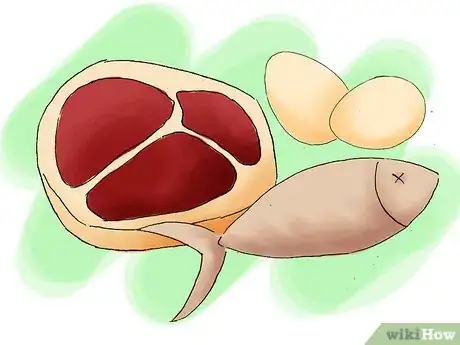
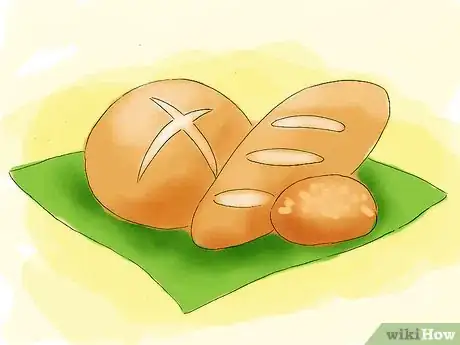

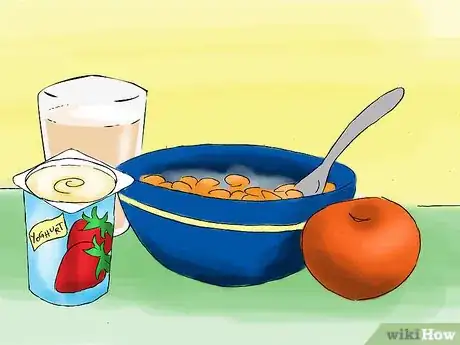
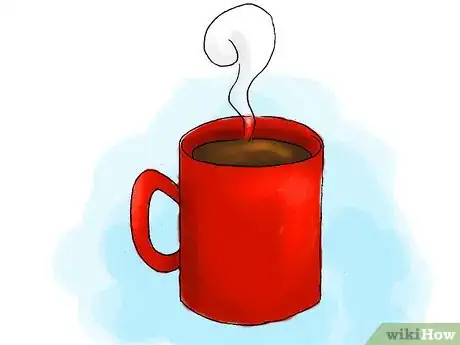
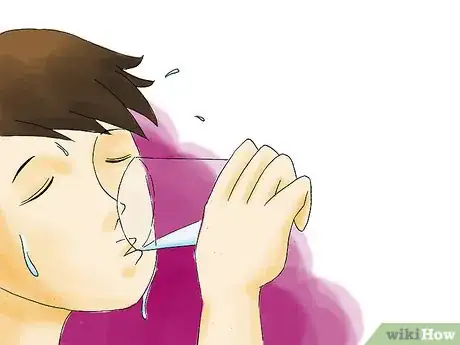
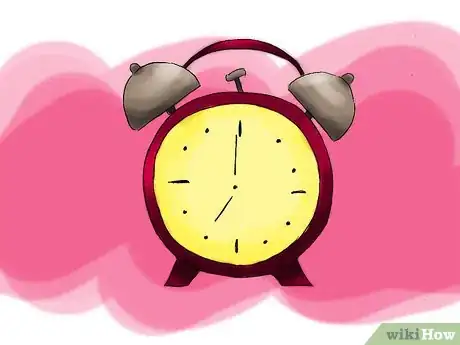
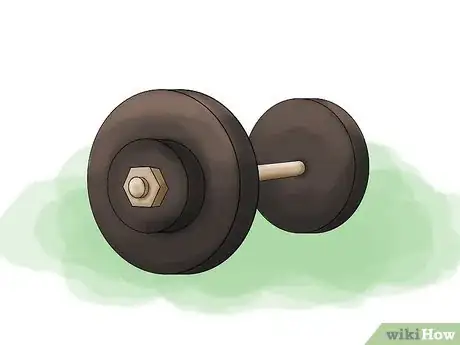

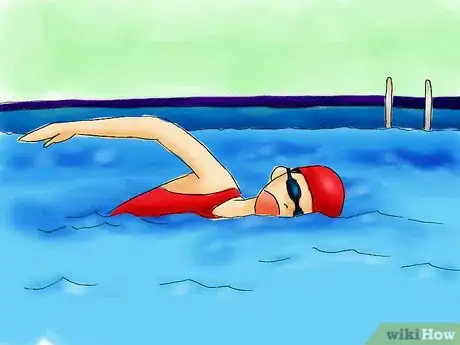
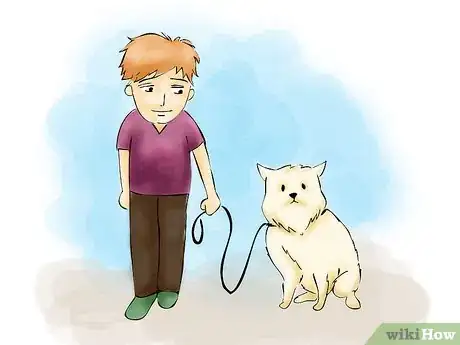
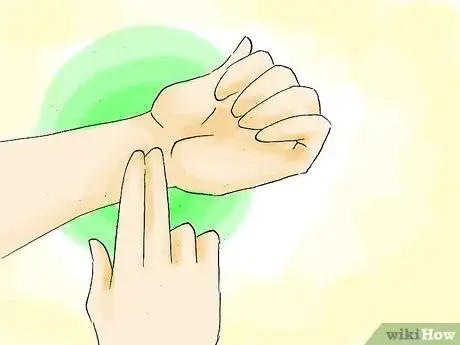
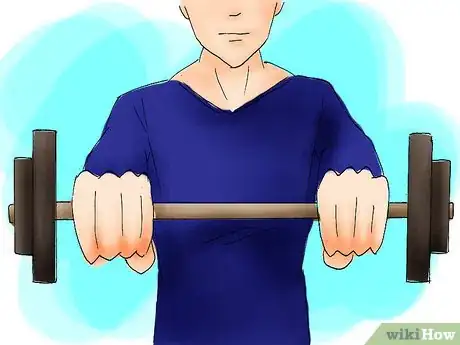
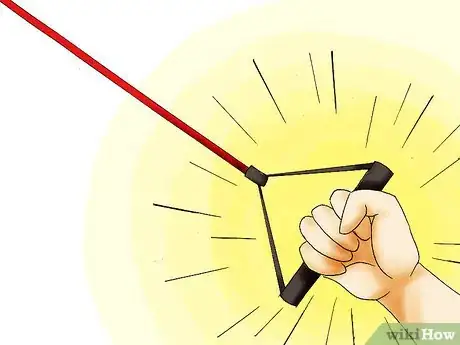
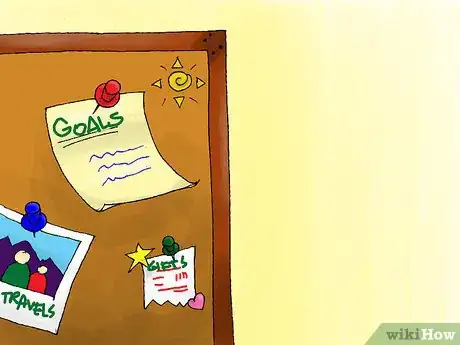
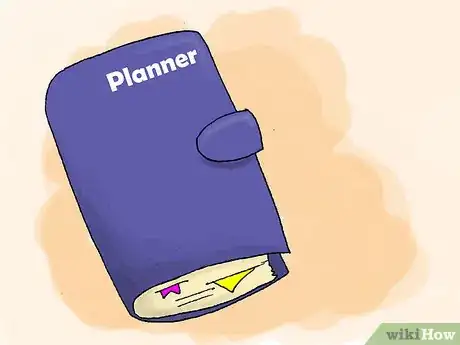
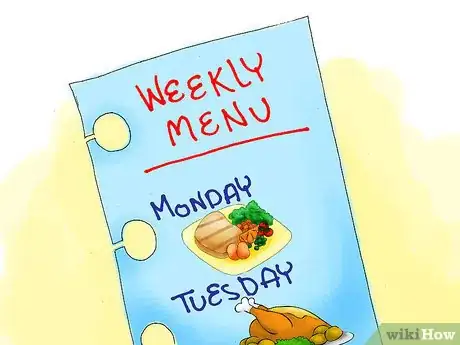
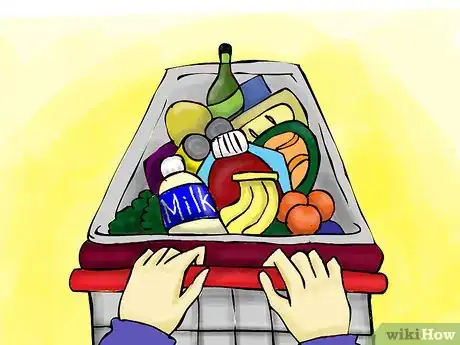
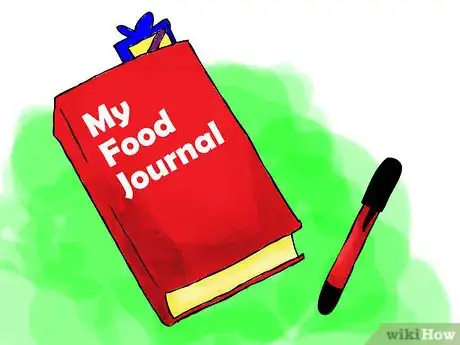

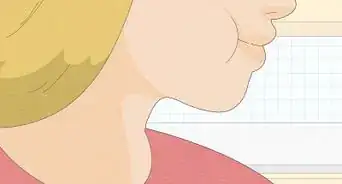


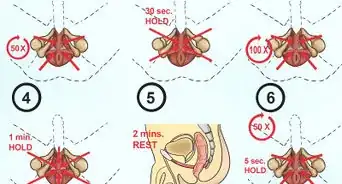

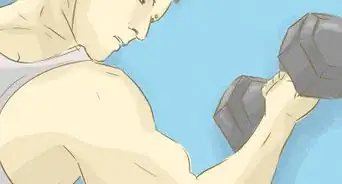

-Step-24.webp)
